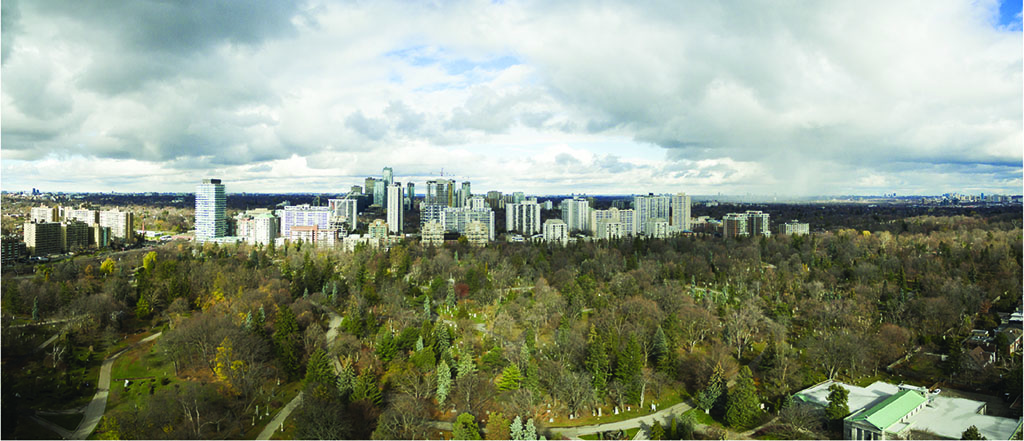The
Yonge and Eg thread is too specific to that intersection and the nearby retail so how about a thread for the whole Midtown area of Toronto? Let's discuss the rapid growth and intensification of this lovely part of the city and communally yell at the downtowners for thinking we are some suburb

and at the suburbanites for clogging the Yonge line by the time it arrives at Eglinton station!

So what exactly are the boundaries of Midtown? Midtown is a comparatively newer re-branding as before amalgamation it was divided between the northern part of the old city of Toronto as well as parts of North York, York and East York as well. With amalgamation these borders were erased and now these areas find relevance with each other as Midtown and through economic centers along Yonge between St. Clair and Lawrence than with their old municipalities. Naturally this results in rather ambiguous borders. I myself consider Bayview to be the eastern border of Midtown, between it and Leaside. What are your thoughts?
Thanks for starting this thread! Now I have an excuse to talk about our neighbourhood without hijacking every other thread

We aren't a post-war suburb, which is what some people mean when they say "suburbs", we are a streetcar suburb, which is a much better thing to be in my opinion.
For those who aren't familiar with the term, streetcar suburbs not places that currently have streetcar service (many were replaced by buses or subways), they are early suburbs that were developed around the new streetcar lines built around the city, allowing people to live farther than ever before from the downtown core. This is before cars were popularized, and often before streets were paved.
In fact a large part of what we consider to be "downtown Toronto" are streetcar suburbs: The Annex, Yonge St from St Clair to Lawrence, the Danforth, Bloor West, St. Clair West, areas East & West in downtown.
Characteristics of streetcar suburbs:
-grid pattern streets that are narrow & have trees. no cul-de-sac's or what we call suburban street patterns
-houses on narrow lots, so much denser than post-car suburbs, smaller houses & yards
-houses with no garages, sometimes no driveways, since cars were not popular
-commercial "main streets" with narrow storefronts along the streets with the streetcar (like Bloor, Yonge, College)
-usually very walkable and transit accessible
I actually took a class on Toronto's architecture and did my project on the history of what we're calling "midtown" now. There were three nodes of small villages at Davisville, Broadway/Montgomery and Lawrence Park. The Starbucks at Davisville is still the original building that was there back when that area was first settled, it was the store & post office of John Davis. The three towns formed a larger town called "North Toronto", and there was a streetcar line running down Yonge St. Eventually North Toronto joined Toronto since it needed better utilities & transit.
There was actually a battle that took place just north of Yonge & Eglinton:
http://en.wikipedia.org/wiki/Battle_of_Montgomery's_Tavern





